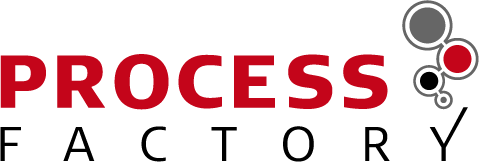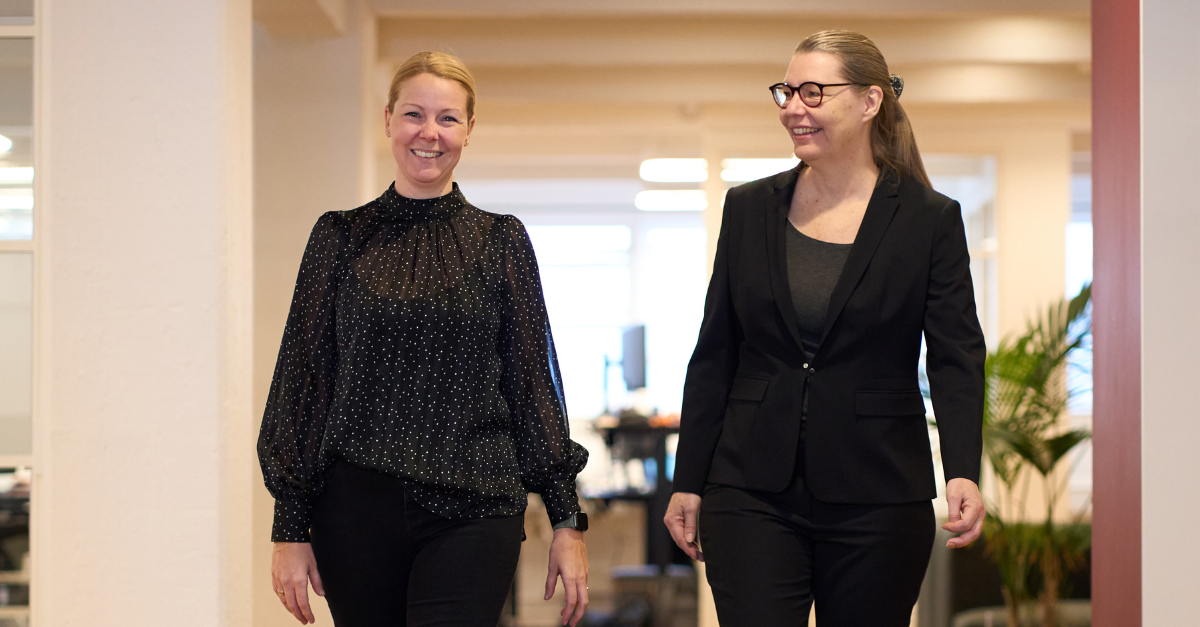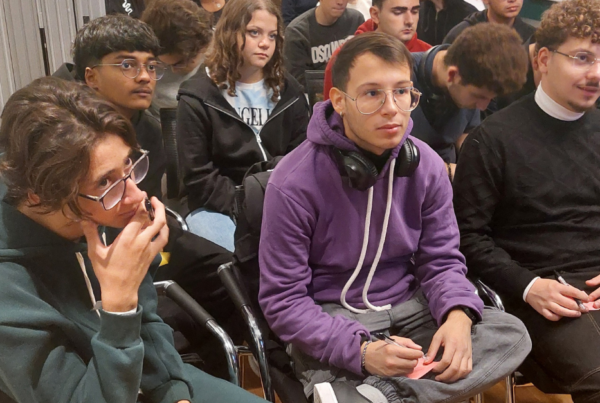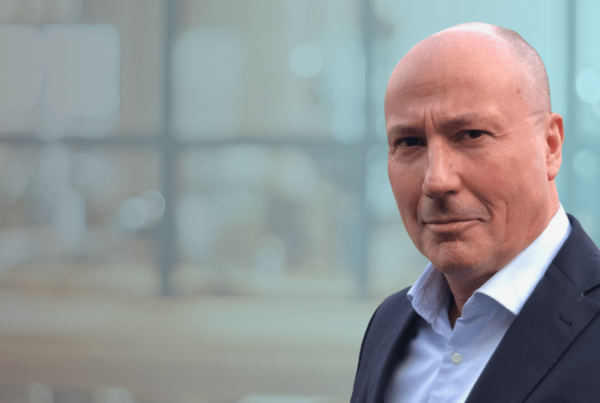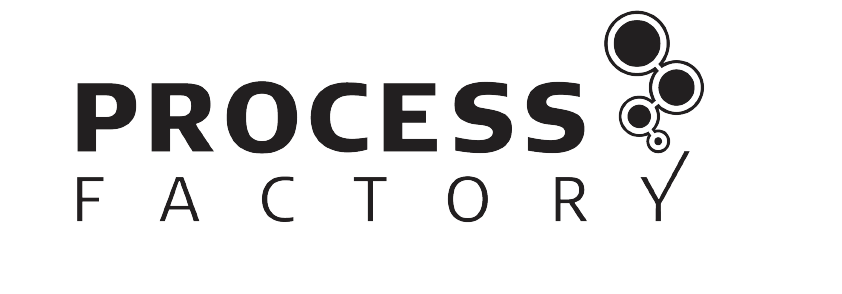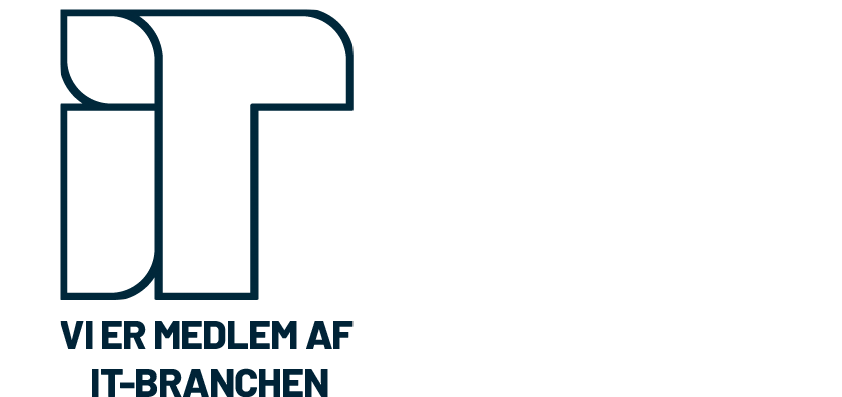By Rita Modberg
Image: Maiken Russ, COO, on the left. Susanne Møllegaard, CEO, on the right.
Although the name sounds English, Danish has been the main language used at Process Factory until recently. But that’s over now. As the company grows, there is a need to go all in on the English language.
Last year, the number of employees at Process Factory doubled, and in 2024, the trend is likely to continue.
The current development of the insurance industry is fast-paced and digital. As a supplier to the industry and its business-critical IT infrastructure, it is only natural for Process Factory to keep up with the development. This includes bringing the right competencies to the team – regardless of what language they speak.
“We are 100 percent based in Denmark, but we have international customers and partners, so we are used to communicating and documenting in English. The new thing is that we internally equate the two languages, and that English is the starting point for common activities. This provides access to a larger pool of candidates when recruiting and ultimately benefits our customers,” says Maiken Russ, COO at Process Factory.
It’s about timing
Considerations about expanding the corporate language have been ongoing for some time. But when is the right time to take the plunge?
“We had an idea that it would require a major internal project. But I must say, we have been pleasantly surprised. People are generally comfortable with English, and once we successfully executed one joint quarterly meeting in English, it continued quite naturally into other contexts. Without really knowing it, we hit the right timing,” summarizes Maiken Russ.
63% say yes to more languages in the workplace
According to a poll we conducted on LinkedIn, most respondents are quite okay with changing languages in the workplace. We recently asked the question: Do you prefer to speak Danish or English in the workplace?
63% answered ‘Both are fine with me’, while 28% answered ‘Preferably Danish’. 5% checked the option ‘I just do like the others’, and 4% preferred English.
“Now, it’s just a completely open and unscientific poll that is being referred to here. So, the result should be taken with a grain of salt,” says Maiken with a smile. “But I think it reflects the mood among us quite well. We will increasingly experience a mix of the two languages in everyday life and gradually grow into it,” she continues.
Language is also an expression of culture
In the coming period, there will be special attention to creating a sense of security for all employees. Even though Maiken Russ is proud of how quickly and smoothly colleagues have embraced the change, she is aware that it can also pose challenges.
“Language, identity, and culture are inseparable. So, when you tamper with the language, you also challenge the other parts. For most people, it will quickly fall into place, while others may need more time to acclimatize – and perhaps some tailored skill development. We are ready for all of it,” asserts Maiken Russ, who in March can say both ‘Velkommen’ and ‘Welcome’ to 3 new employees.
